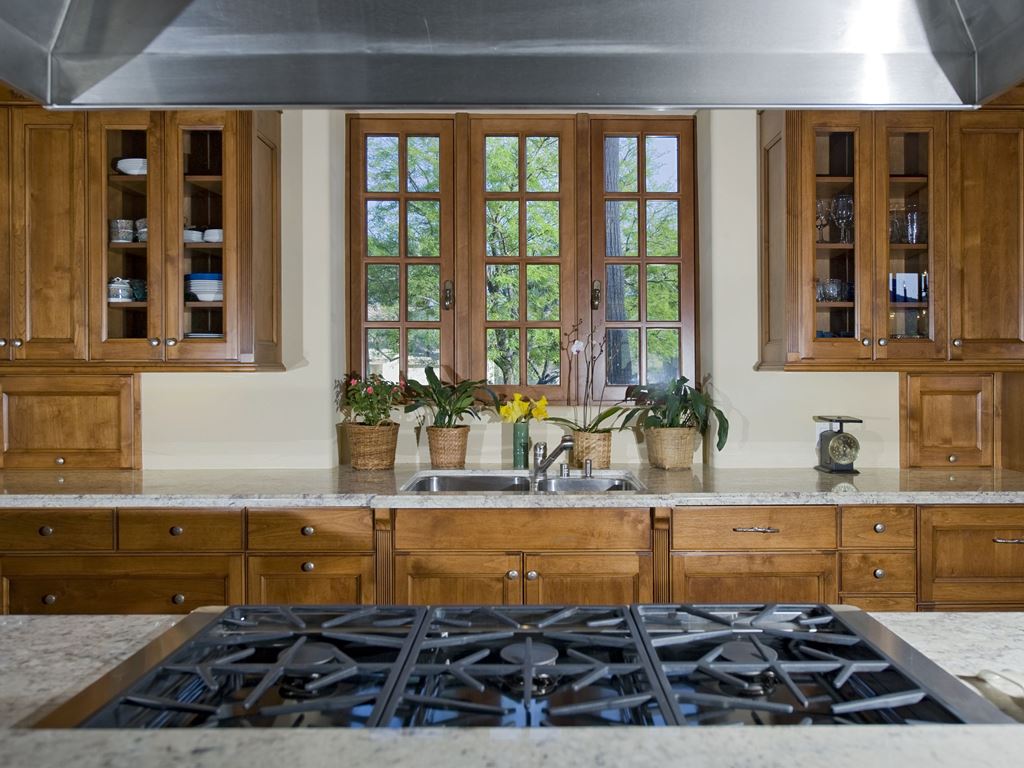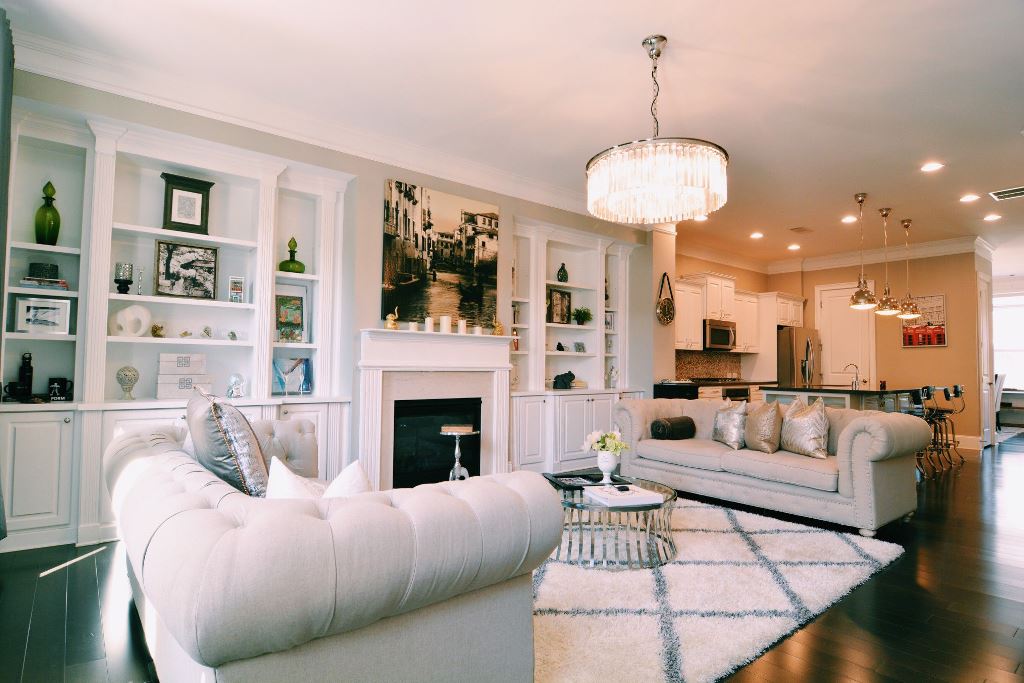The air quality of American homes can be two to five times worse than it is outside, according to the EPA, and this invites some food for thought when designing or renovating our homes. Optimal design, after all, is ‘design for life.’ This powerful motto refers to more than the lasting potential of design — it also suggests that good design sustains and promotes optimal quality of life. If you are building a new home, health should definitely be a vital consideration when deciding on everything from ceiling height to the type of HVAC system or even the furniture you choose. However, even if you have been living in your home for a few years, there are small (and larger) steps you can take to boost our family’s health and wellbeing.
Wellness Kitchen Design
The kitchen is one of the home’s busiest spots, but also one that can produce smoke and thereby wrest from indoor air quality. Your kitchen also contains furniture such as cabinets and shelves which, if made with pressed wood or similar materials, can leak formaldehyde – a known carcinogen and neurotoxin. When furnishing your kitchen, opt for cabinets and structures made from non-toxic composite wood, solid wood, reclaimed wood, or bamboo. Metal kitchens are also a big design trend. High ceilings, quality retractable hobs, and the use of recycled materials for kitchen equipment and décor can also help. Finally, large windows or proximity to outdoor areas will aid in ventilation.

Living Walls
Filling your home with indoor plants or dedicating an entire space to create your very own vertical or living wall can benefit your family’s health in many ways. For one, green areas are known to lower levels of stress hormone, cortisol. Too much stress can trigger anxiety and depression, so finding ways to promote tranquility through good design is important. Plants can also help improve indoor quality, since they absorb CO2. Different types of plant suit specific design styles. A vertical wall is ideal for even the most modern or mimimalist home styles, since it adds a splash of green beauty without occupying any floorspace. Herb shelves, meanwhile, look great in practically any kitchen – all they need is to be close to a window and regular watering.
Discreet Air Filters
HEPA air filters are a popular addition to many American homes, since they are capable of trapping microscopic dander, pollen, dust, and other items that can harm respiratory health. For common areas like living rooms or other zones where you will be meeting and greeting guests, however, a discreet filter system can help maintain air purity while hiding behind air entry points in your home. You should have the right number of filters to save your HVAC system from damage and reduce dust levels indoors.
Eliminating Clutter

Your home interiors don’t have to be minimalist to be clutter-free. If you are in the process of redesigning your home, analyze existing pieces of furniture and decor items to see if each piece has a purpose or reason for being there. As stated in research by the National Institute of Mental Health, clutter has brain-dampening effects. It makes it difficult to focus and a challenge to enjoy a state of calm. In essence, when too many items are in our visual field, they compete with each other and our brain’s limited visual processing capacity is impaired. The items end up ‘canceling each other out,’ and the brain becomes less responsive to its environment.
Tidiness, clean air, and green spaces are just a few things to keep in mind when designing a home with wellness in mind. Ventilation and natural light are also important, so if you have to, why not knock down a wall here and there to make room for floor-to-ceiling glass doors or walls? Remember that hidden items (such as filters and discreet air purifiers) can also play an important role in optimizing the air quality of your home.






